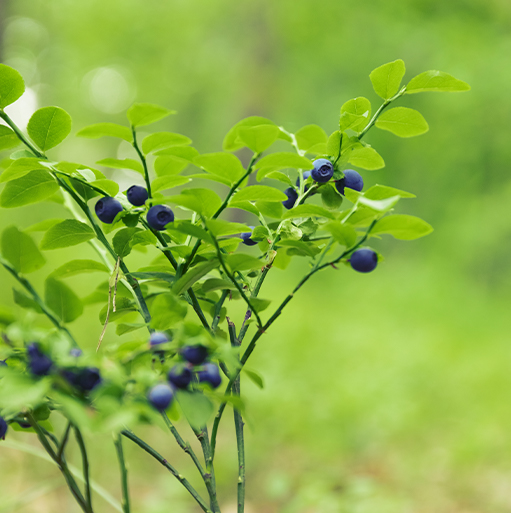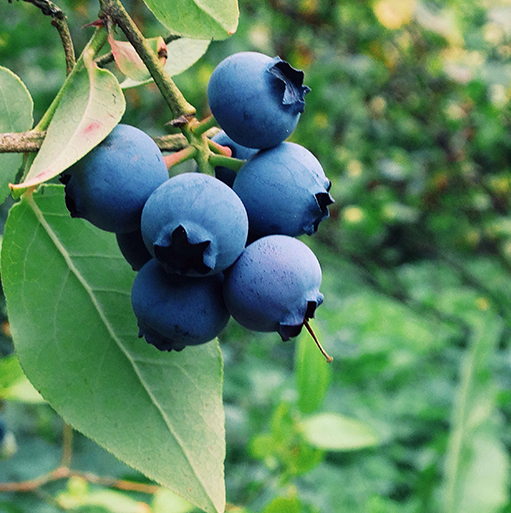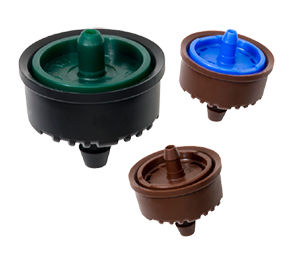 Blueberry
BlueberryThe blueberry is a species of red fruit very much in demand on the European and American market thanks to its health benefits and its composition rich in vitamins, mineral salts, fiber and polyphenols.

Optimum temperature for blueberry production:
The optimal thermal regime for blueberries is between 20 and 26 °C. The maximum temperature that can be tolerated is around 32 to 35 °C. Above this temperature, flowering, fruit set and fruit development can be severely damaged.
Soil characteristics suitable for blueberry trees:
Blueberries grow best in well-drained, acidic, sandy soils with an organic matter content greater than 3.0%. The ideal soil pH is about 4.5, although blueberries will tolerate a pH between 3.8 and 5.5 if the organic matter content is high. Growing in less acidic soil will result in nutrient deficiencies, especially iron.
Grow your blueberries above ground for better production management:
Soil-less culture is a technique that creates optimal growing conditions, including low pH and adequate drainage. The substrates used must ensure good air and water retention, structural stability over time and a stable acidic pH. Substrates with high drainage and low water retention create stressful conditions for the roots.

Blueberries have thin roots that are extremely shallow, so the plants are very sensitive to water stress. Heavy, compacted soils make the root system even deeper, and thus, the plants become more sensitive to drought conditions. Irrigation, especially from fruiting development, is often mandatory. Drought conditions can cause severe damage to plants and fruit.
The localized irrigation system is the most adapted to the cultivation of blueberries, it allows to adapt the capacity of the irrigation system according to the water needs of the plants, the hottest and driest day. Note that blueberries are very sensitive to water stress during flowering and fruit setting.

